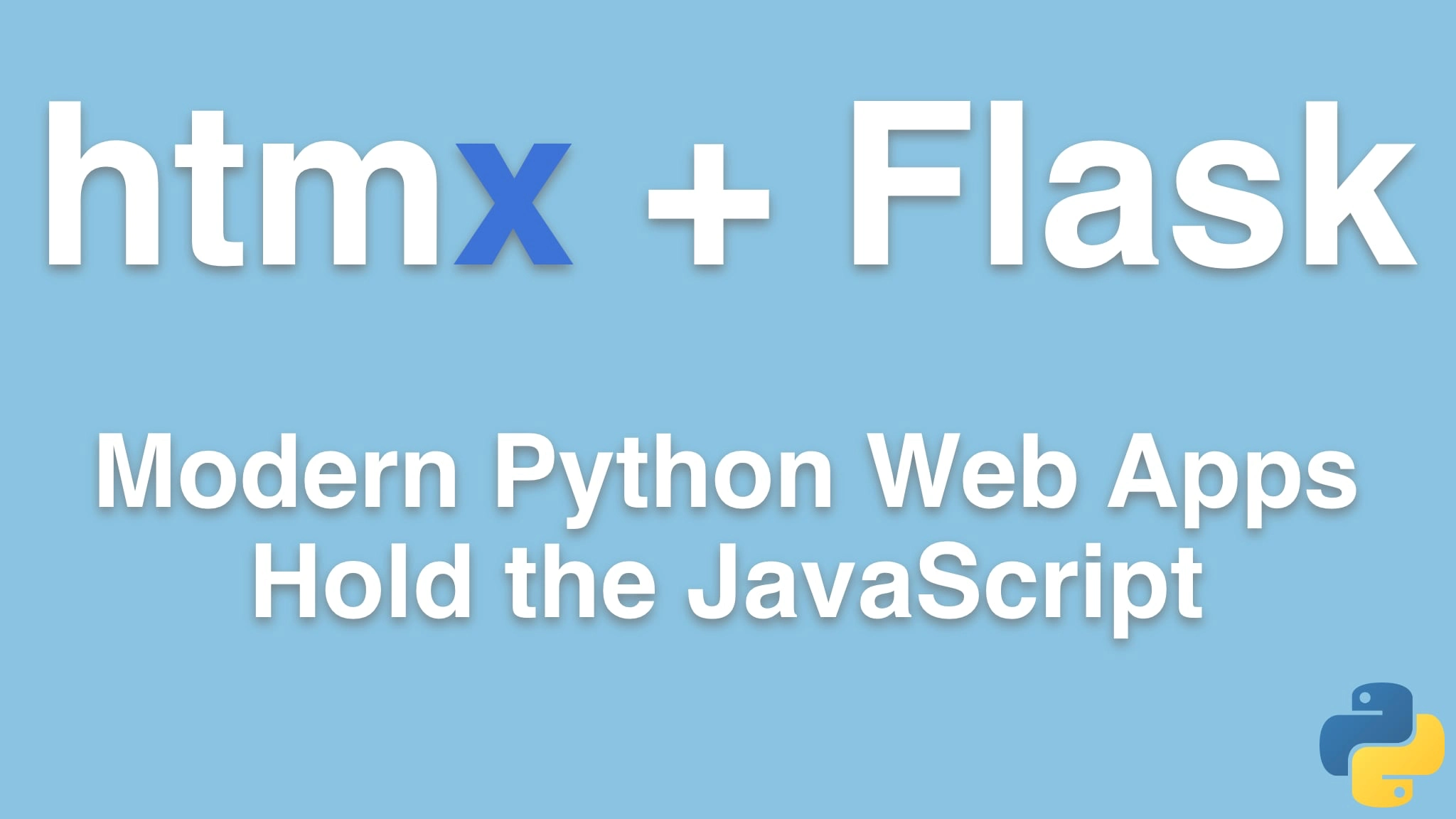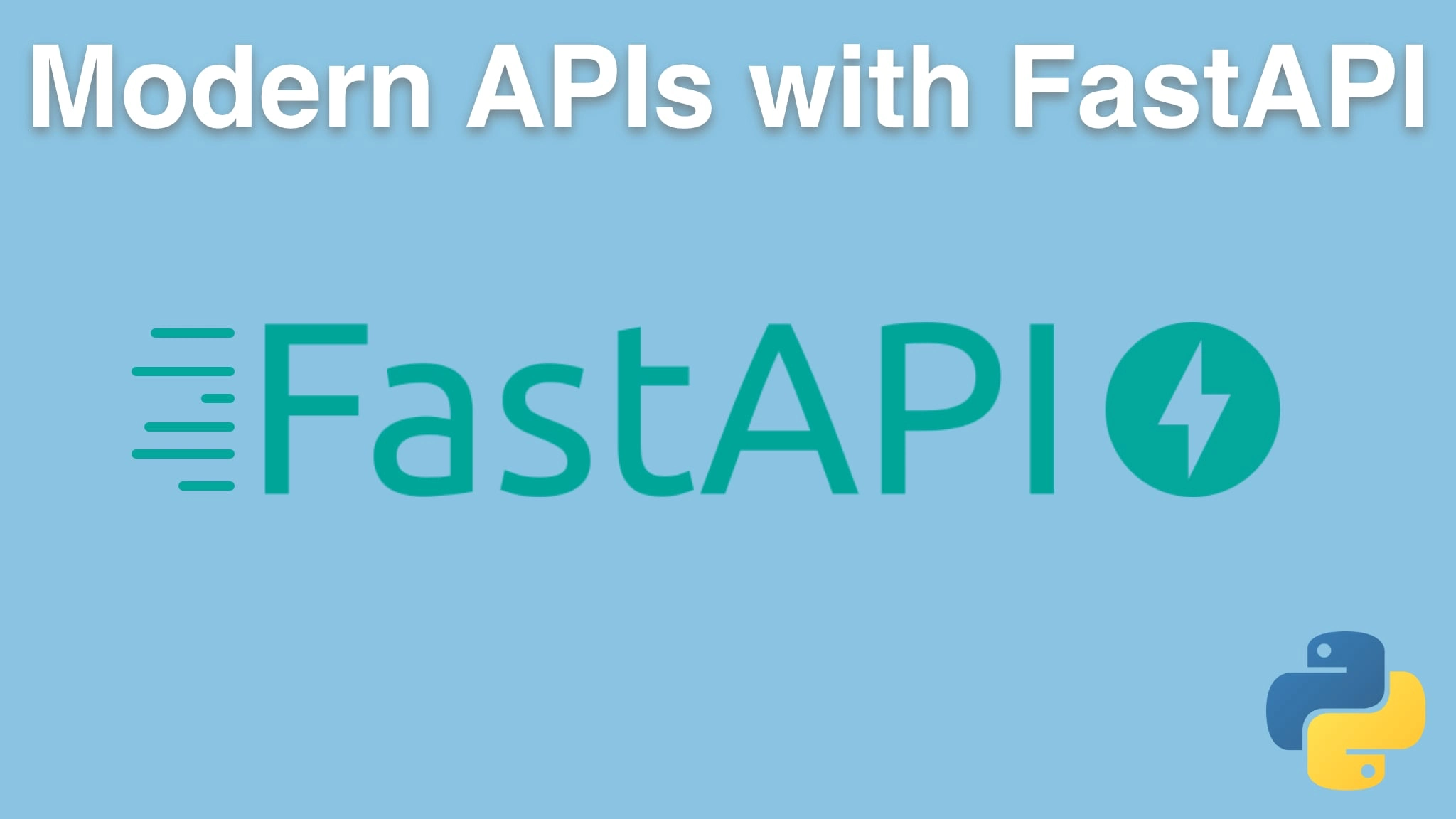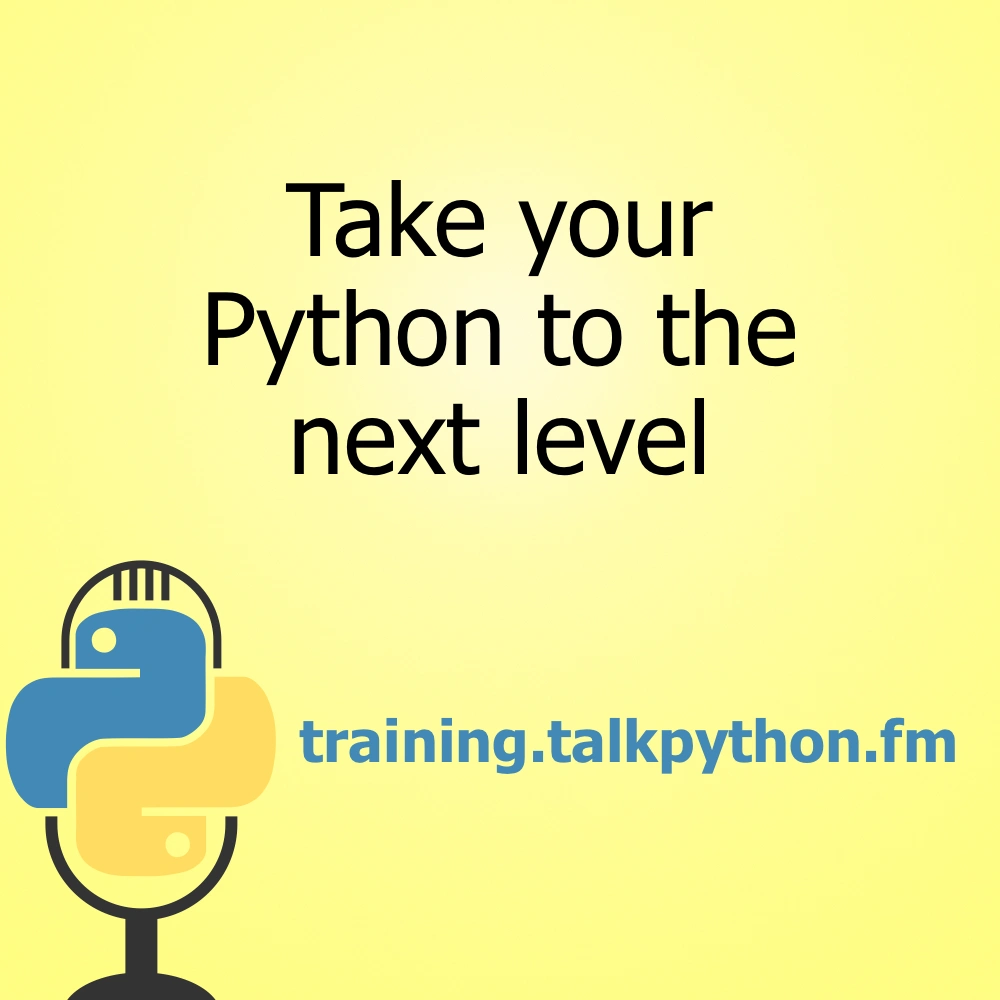#458: I will install Linux on your computer
About the show
Sponsored by us! Support our work through:
Connect with the hosts
- Michael: @mkennedy@fosstodon.org / @mkennedy.codes (bsky)
- Brian: @brianokken@fosstodon.org / @brianokken.bsky.social
- Show: @pythonbytes@fosstodon.org / @pythonbytes.fm (bsky)
Join us on YouTube at pythonbytes.fm/live to be part of the audience. Usually Monday at 10am PT. Older video versions available there too.
Finally, if you want an artisanal, hand-crafted digest of every week of the show notes in email form? Add your name and email to our friends of the show list, we'll never share it.
Brian #1: Possibility of a new website for Django
- Current Django site: djangoproject.com
- Adam Hill’s in progress redesign idea: django-homepage.adamghill.com
- Commentary in the Want to work on a homepage site redesign? discussion
Michael #2: aiosqlitepool
- 🛡️A resilient, high-performance asynchronous connection pool layer for SQLite, designed for efficient and scalable database operations.
- About 2x better than regular SQLite.
- Pairs with aiosqlite
aiosqlitepoolin three points:- Eliminates connection overhead: It avoids repeated database connection setup (syscalls, memory allocation) and teardown (syscalls, deallocation) by reusing long-lived connections.
- Faster queries via "hot" cache: Long-lived connections keep SQLite's in-memory page cache "hot." This serves frequently requested data directly from memory, speeding up repetitive queries and reducing I/O operations.
- Maximizes concurrent throughput: Allows your application to process significantly more database queries per second under heavy load.
Brian #3: deptry
- “deptry is a command line tool to check for issues with dependencies in a Python project, such as unused or missing dependencies. It supports projects using Poetry, pip, PDM, uv, and more generally any project supporting PEP 621 specification.”
- “Dependency issues are detected by scanning for imported modules within all Python files in a directory and its subdirectories, and comparing those to the dependencies listed in the project's requirements.”
Note if you use
project.optional-dependencies[project.optional-dependencies] plot = ["matplotlib"] test = ["pytest"]you have to set a config setting to get it to work right:
[tool.deptry] pep621_dev_dependency_groups = ["test", "docs"]
Michael #4: browsr
browsr🗂️ is a pleasant file explorer in your terminal. It's a command line TUI (text-based user interface) application that empowers you to browse the contents of local and remote filesystems with your keyboard or mouse.- You can quickly navigate through directories and peek at files whether they're hosted locally, in GitHub, over SSH, in AWS S3, Google Cloud Storage, or Azure Blob Storage.
- View code files with syntax highlighting, format JSON files, render images, convert data files to navigable datatables, and more.
Extras
Brian:
- Understanding the MICRO
- TDD chapter coming out later today or maybe tomorrow, but it’s close.
Michael:
- Peacock is excellent
Joke: I will find you
Episode Transcript
Collapse transcript
00:00
00:05
00:12
00:13
00:14
00:16
00:17
00:20
00:24
00:28
00:32
00:34
00:35
00:37
00:41
00:43
00:45
00:48
00:49
00:52
00:57
00:58
00:59
01:00
01:06
01:07
01:13
01:14
01:17
01:19
01:23
01:29
01:29
01:32
01:33
01:34
01:43
01:46
01:47
01:51
01:52
01:55
01:59
01:59
02:01
02:03
02:06
02:08
02:09
02:10
02:13
02:15
02:16
02:20
02:21
02:23
02:29
02:37
02:43
02:50
02:57
03:03
03:09
03:16
03:22
03:28
03:35
03:36
03:42
03:47
03:53
04:01
04:08
04:10
04:11
04:15
04:18
04:21
04:25
04:26
04:28
04:30
04:31
04:33
04:35
04:38
04:41
04:42
04:44
04:46
04:52
04:55
04:57
05:02
05:10
05:11
05:12
05:12
05:13
05:16
05:18
05:24
05:26
05:30
05:30
05:35
05:42
05:44
05:46
05:49
05:54
06:00
06:04
06:07
06:12
06:14
06:17
06:20
06:22
06:30
06:32
06:38
06:41
06:43
06:46
06:47
06:52
06:56
06:58
06:59
07:00
07:01
07:02
07:03
07:05
07:10
07:12
07:16
07:19
07:21
07:26
07:28
07:29
07:42
07:47
07:51
07:54
07:55
08:00
08:08
08:13
08:20
08:26
08:28
08:29
08:30
08:33
08:37
08:37
08:38
08:39
08:43
08:43
08:45
08:46
08:47
08:51
08:54
08:56
08:57
08:59
09:02
09:03
09:04
09:06
09:07
09:09
09:11
09:13
09:21
09:24
09:27
09:31
09:36
09:43
09:46
09:53
09:56
10:02
10:06
10:08
10:13
10:16
10:17
10:23
10:28
10:29
10:31
10:33
10:37
10:45
10:47
10:53
10:57
10:58
11:04
11:10
11:19
11:24
11:27
11:31
11:38
11:39
11:52
11:58
12:05
12:09
12:10
12:15
12:16
12:17
12:17
12:22
12:26
12:34
12:36
12:40
12:41
12:49
12:56
12:59
13:03
13:07
13:10
13:13
13:16
13:23
13:28
13:30
13:31
13:34
13:38
13:40
13:42
13:44
13:45
13:48
13:52
13:58
13:59
14:00
14:06
14:12
14:13
14:14
14:14
14:15
14:17
14:19
14:20
14:26
14:28
14:29
14:33
14:34
14:35
14:36
14:37
14:39
14:46
14:47
14:48
14:53
14:54
14:57
14:59
15:07
15:12
15:15
15:22
15:28
15:33
15:40
15:46
15:51
15:58
16:03
16:09
16:13
16:15
16:22
16:24
16:25
16:29
16:29
16:30
16:34
16:35
16:37
16:43
16:49
16:53
16:57
17:02
17:03
17:07
17:11
17:12
17:15
17:17
17:18
17:20
17:20
17:21
17:22
17:23
17:28
17:33
17:36
17:42
17:48
17:49
17:50
17:53
17:57
17:58
18:00
18:05
18:07
18:08
18:09
18:11
18:13
18:16
18:17
18:17
18:20
18:22
18:28
18:31
18:35
18:37
18:39
18:41
18:48
18:52
18:53
18:57
18:57
18:58
18:58
18:59
19:03
19:09
19:10
19:11
19:18
19:24
19:31
19:38
19:42
19:43
19:45
19:47
19:48
19:49
19:51
19:53
19:55
20:01
20:04
20:10
20:13
20:14
20:15
20:16
20:17
20:17
20:18
20:19
20:22
20:24
20:24
20:25
20:26
20:26
20:27
20:29
20:30
20:35
20:38
20:40
20:43
20:46
20:48
20:55
20:56
21:01
21:09
21:18
21:25
21:30
21:36
21:38
21:41
21:44
21:46
21:48
21:52
21:56
21:58
21:59
22:03
22:04
22:05
22:07
22:08
22:10
22:13
22:14
22:15
22:18
22:18
22:19
22:22
22:23
22:24
22:25
22:30
22:35
22:36
22:38
22:41
22:42
22:42
22:43
22:45
22:45
22:46






